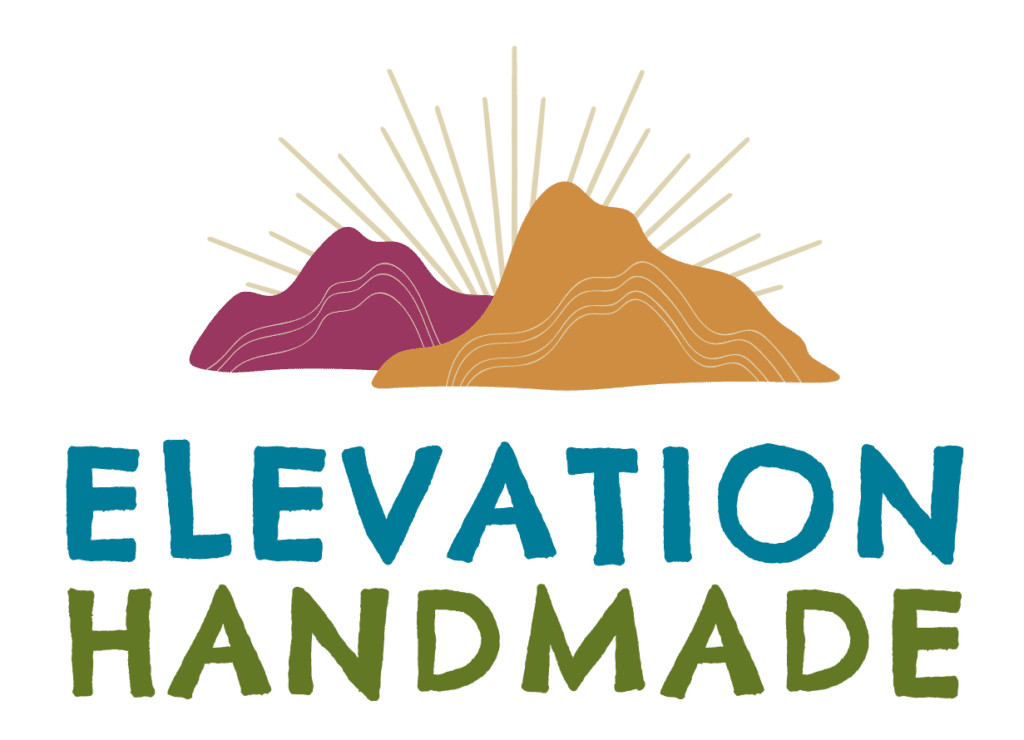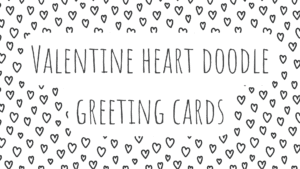What is quilt batting?
When making a quilt the batting is the thicker, squishy middle layer sandwiched between the two layers of fabric, it is used for warmth and weight, and it can also be used for other projects. The main things to consider when buying batting are: the project type, the loft of your quilt, budget, the color of fabrics in the project, warmth, natural vs. synthetic fiber, and the weight of your quilt.
What is loft?
The thickness of the batting, higher loft=thicker, lower loft=thinner.
What is scrim?
Sometimes manufacturers will add a fine layer of woven fibers added to one side of the batting to hold it together more securely and more stable. It also allows you to spread your quilting farther apart. For example, usually quilt batting requires quilting every 4”-5” vs. 8”-10” with the batting that has scrim added.
What can you make with quilt batting?
Quilts, potholders, placemats, cup cozies, bowl cozies, coasters, mug rugs and more!
What can you do with batting scraps?
You can sew the scraps together using a zigzag stitch for a quilt, sometimes this is called “frankenbatting”. I would recommend using the same type of batting for this and avoid mixing different types of fibers. You simply line up the edges of the batting that you want to attach (without overlapping) and zigzag stitch them together. You can also use a fusible webbing as well.
You can also use scraps for coasters or mug rugs, I usually use the excess batting I cut away from my quilt for coasters, they are the perfect size and make great gifts!
You can also use scraps of batting as stuffing, you can cut it up and use it as a filling for pillows, pin cushions, stuffing toys, or knitted or crochet projects like balls or amigurumi projects, or even for stuffing dog beds.
Types of quilt batting:
Wool:
The warmest, good for stitch definition in your quilting, high loft, most expensive, can shrink so look for “pre-shrunk”, lightweight, if you have sensitivity to wool this may not be the best option
Cotton:
Is a cool, low loft, breathable, natural fiber, can be less sturdy if it’s not quilted closely together, can shrink, heavy
Polyester:
Is a high loft, affordable, durable, stitches stand out when you quilt
Cotton/Polyester blend:
Is a great for durability, affordable, medium-high loft, similar to cotton but more durable and can quilt it less dense
Bamboo:
Is a natural fiber, warmer than cotton, light weight, strong
Insul-bright:
“Insul-Bright Batting consists of hollow, polyester fibers that are needle-punched through a non-woven substrate and through a reflective metallized poly film.” I like using this for potholders.
Fusible batting:
This type of batting has your “basting” step included (When you iron the fabric to your fusible batting it temporarily holds the fabrics in place while you quilt. This can be a good option so you are not having to pin or baste your quilt, you simply need to iron it in place.
Colors of batting:
Bleached white:
This is best used when you have white or very light colored fabrics, it will help keep your quilt vibrant and white.
Natural:
Is cream colored and a great universal color for a variety of projects and quilts.
Black:
Is great when you have very dark or black fabrics in your projects, it will help avoid “bearding” when small pieces of the batting come up through the stitches when quilting, it will be less noticeable when the batting is dark like your fabrics.
Summary:
My go-to quilt batting brands are Hobbs Heirloom Batting, The Warm company and Quilters Dream Batting, they are easily found and I like the quality and variety they offer. I typically choose natural, cotton or 80/20 blend batting and it seems to work well for most of the projects I like to make (quilts, small projects like coasters, potholders etc.) I have purchased Hobbs and warm batting at places like hobby lobby, Joann’s and the quilters dream at my local quilt shops.





